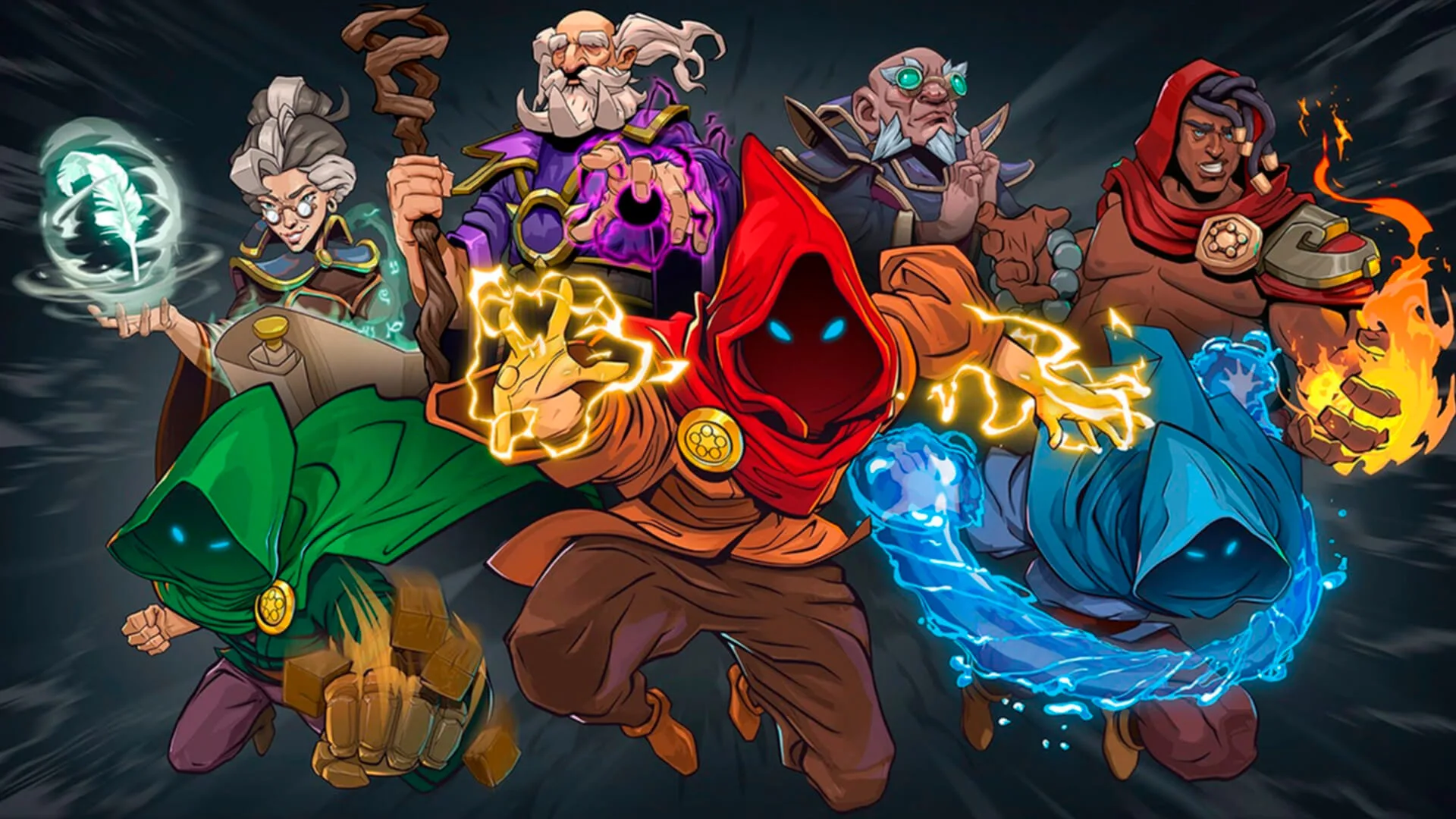I have long been probably one of the staunchest supporters of what has become known as the “walking simulator” genre of games (although I still prefer the term walk-’em-up myself). From games like the Dear Esther to more recent experiences like Firewatch or The Remains of Edith Finch, the walking sim has blossomed into a niche of games that, much as some of the “hardcore” video gaming audience might want them to disappear, are not going away. There is such variety to these games and often such emotional depth that trying to stop them is like trying to hold back the ocean. There are games, like Everybody’s Gone to the Rapture, which can present us with an initial mystery and then slowly tease out the details of what happened and why over the course of the story. Draugen is cut from very much the same cloth as EGTTR, being at heart a walking detective game. Unlike EGTTR however, Draugen gives you a companion for you to converse with on your journey.

The year is 1923, and you are Edward “Teddy” Harden, a bookish American who has travelled to a remote village in Norway to search for his sister, a go-getting investigative journalist named Betty. You’re accompanied on your journey by your ward, Alice (better known as “Lissie”); a boisterous, inquisitive and adventurous young girl who spouts 1920s slang with wild abandon. You’ve been invited to visit the village of Graavik, a remote hamlet on the banks of a fjord far from civilization, where your sister was apparently sighted. However, upon arriving in the village, you quickly determine it is completely deserted. There are a number of mysteries at play, including the location of Teddy’s sister, all of which affect Teddy and Lissie’s relationship. It is these mysteries and the relationship between Teddy and Lissie which forms the driving force of the entire game, and despite an unsatisfactory final conclusion, the journey to it was more than worthwhile. Draugen is a game that lives and dies by its story, and thankfully the story is strong enough to see it through to the end.
Teddy and Lissie have lots of ambient dialogue, which can be triggered by looking at items or investigating clues. This mechanic reminded me exceedingly of BioShock Infinite, and how Booker DeWitt and Elizabeth behaved when around each other. Both characters complement each other superbly; Teddy is quiet, reserved and has the manners of an Edwardian gentleman, while Lissie is outgoing, zestful and lively, climbing trees and doing handstands. Dialogue is excellent and voice-acting is superb, with most conversations feeling extremely naturalistic and even featuring occasional cross-talk. My only complaint would be Lissie’s use of ’20s slang, with her calling Teddy “old bean” and “old fruit” every other sentence. While it’s meant to be endearing, I mainly found it irritating. Nonetheless, it gets to feel appropriate, given Lissie’s personality and demeanour.

Gameplay is fairly standard for a walking simulator, consisting of strolling around the village of Graavik, examining signs, reading letters and conversing with Lissie. There is a Mass Effect-lite dialogue tree occasionally where you can choose how to reply to something, but most of these choices simply change the tone of the conversation rather than alter the overall flow. The game is strictly linear with the next day in the investigation triggering at pre-determined points, but Graavik itself is one open map, and most of the time you can explore it at your leisure. It’s fairly small, but sufficient for the purposes of the game. The village of Graavik itself also deserves praise, which despite the lack of an active population feels lived in and realistic. Like the Shropshire village of Yaughton in Everybody’s Gone to the Rapture, Graavik has the detail and atmosphere of a character in its own right; quaint, old-fashioned with something unpleasant lurking beneath the surface.
It must be said that Draugen is drop-dead gorgeous to behold, with the huge mountains around Graavik rearing up through the mist, the sunlight glinting off the fjord in the morning, the hazy sunset dappling through the trees in the evening. Many environments have high-resolution assets so that even as Teddy reads aloud a letter he found on a table, you can follow along and read the unabridged version. Unfortunately the character animation seem a little lacking, with Lissie’s lip syncing and facial expressions especially leaving less than to be desired. Fortunately, you’re rarely looking directly at Lissie’s face (who looks uncannily like actress Emma Watson) so this can usually be overlooked. There is also a lovely haunting soundtrack, which while not as memorable as Jessica Curry’s monumental soundtrack to Everybody’s Gone to the Rapture, forms an appropriate acoustic backdrop.

Like Dear Esther before it, Draugen wears the cloak of a ghost story while resolutely refusing to be a real ghost story. Like Dear Esther there are spooky moments, but they’re done in aid of atmosphere rather than to generate genuine fear. When it boils down to it, Draugen is a smart, well-written game that doesn’t outstay its welcome. While the plot resolves in a fairly unsatisfying and untidy manner, with neither of the central mysteries being properly explained or concluded, I enjoyed the experience through the three or so hours I spent getting there. The credits tease that Teddy and Lissie will return, which I think is great news considering the ways their relationship could be examined further in other games. Spending time in their company exploring an abandoned Norwegian village is a thoroughly pleasant way to spend a few hours, despite the somewhat grim and eerie subject matter.




